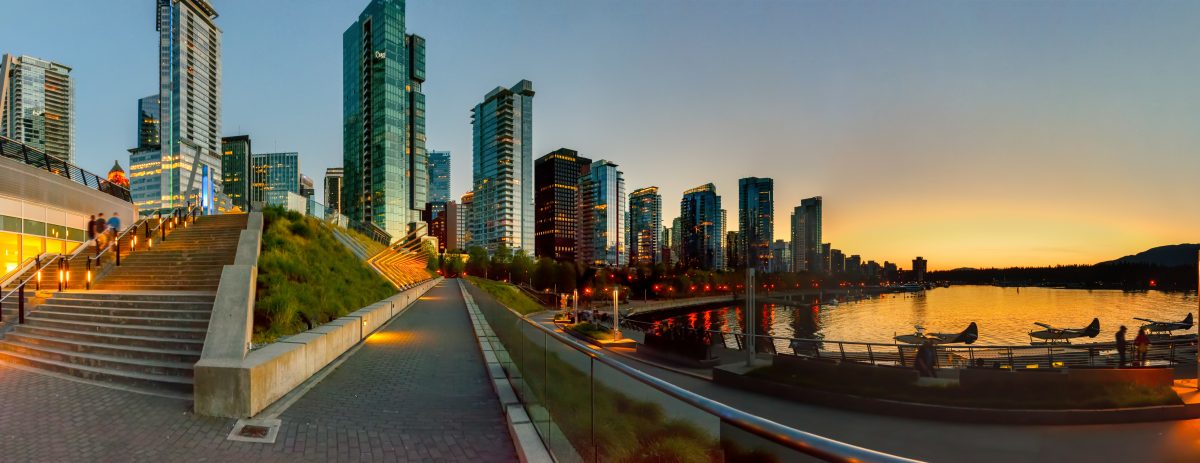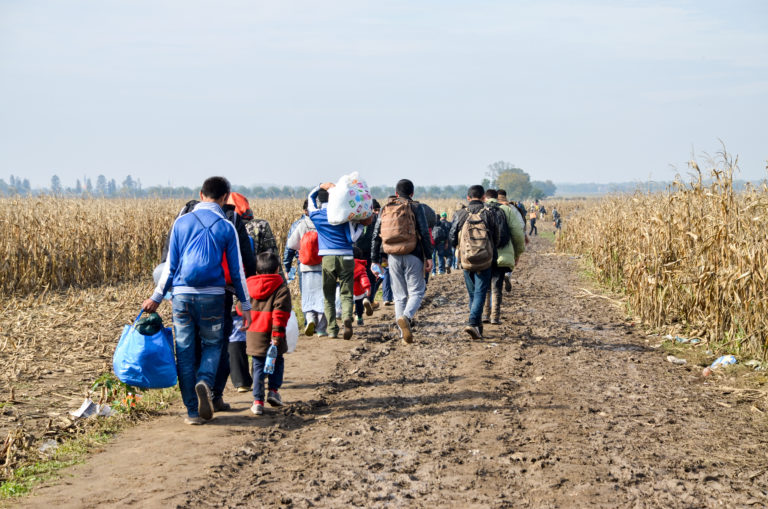British Columbia is giving priority processing to foreign nationals hoping to immigrate to Canada and work in its construction industry as it seeks to build up its stock of available housing.
“Targeted invitations to apply will be issued to workers in select construction occupations who also have a valid B.C. trades qualification,” reports the province’s ministry of municipal affairs.
“This requirement will ensure that construction workers nominated by the British Columbia Provincial Nominee Program (BCPNP) are ready to contribute immediately to B.C.’s labour market.”
Read More Canada Immigration
British Columbia Issues 190 Canada Immigration Invitations In New PNP Draw
British Columbia Issues At Least 204 Canada Immigration Invitations In New PNP Draw
Proposed New Law To Help Immigrants Get Credentials Recognized Faster In British Columbia
The priority processing of these applications started Thursday, Nov. 16 and applies to the following 25 construction industry occupations, listed here with their National Occupational Classification (NOC) 2021 codes:
- 22114 landscape and horticulture technicians and specialists
- 72102 sheet metal workers
- 72103 boilermakers
- 72104 structural metal and platework fabricators and fitters
- 72105 ironworkers
- 72106 welders and related machine operators
- 72200 electricians (except industrial and power system)
- 72201 industrial electricians
- 72300 plumbers
- 72301 steamfitters, pipefitters and sprinkler system installers
- 72302 gas fitters
- 72310 carpenters
- 72311 cabinetmakers
- 72320 bricklayers
- 72400 construction millwrights and industrial mechanics
- 72401 heavy-duty equipment mechanics
- 72402 heating, refrigeration and air conditioning mechanics
- 72500 crane operators
- 73100 concrete finishers
- 73101 tilesetters
- 73102 plasterers, drywall installers and finishers and lathers
- 73110 roofers and shinglers
- 73111 glaziers
- 73112 painters and decorators (except interior decorators)
- 73113 floor covering installers
The Skills Immigration (SI) category of the BCPNP targets skilled and semi-skilled workers in high-demand occupations in BC and is further divided into five components:
- Skilled Workers
- Health Authority
- International Graduates
- International Post-Graduates
- Entry-level and semi-skilled workers
British Columbia’s Housing Strategy Aims To Build More Homes, Lower Rents
British Columbia’s new housing plan, dubbed Homes for People, is intended to speed up the delivery of new homes, increase the supply of middle-income housing, fight speculation in the housing market and help those who need it the most.
“If you’ve scrolled through rental listings or seen the prices of homes in your community, you know how tough it is to find an affordable, decent place to live,” says British Columbia Premier David Eby.
Watch Video
“Even though our province is currently building more housing than ever before, it’s just not enough to meet the need. This plan will take us to the next level with unprecedented actions to tackle the challenges head on, delivering even more homes for people, faster.”
Homes for People will attempt to:
- deliver more middle-income small-scale, multi-unit housing that people can afford, including townhomes, duplexes and triplexes through zoning changes and proactive partnerships;
- offer forgivable loans for homeowners to build and rent secondary suites below market rates to increase affordable rental supply quickly;
- build thousands more affordable homes for renters, indigenous people on and off reserve, women and children leaving violence, and build thousands more on-campus student housing units;
- deliver thousands of new homes near public transit, and launch BC Builds to use public land to deliver affordable homes for people;
- introduce a tax to discourage the flipping of properties and curb short-term speculation;
- provide an annual income-tested tax credit of up to $400 per year for renters;
- provide more homes and supports for people experiencing or at risk of homelessness;
- streamline and modernize permitting to reduce costs and speed up approvals to get homes built faster, and;
- strengthen enforcement of short-term rentals.
“We are in urgent need of more housing throughout British Columbia, which is why we are taking strong steps through our Homes for People strategy to close the gap between supply and demand,” said Ravi Kahlon, the provincial housing minister.
“We are working with our partners to unlock more homes across the spectrum of housing faster than ever, so everyone in our province can have a safe, secure and stable place to call home.”



